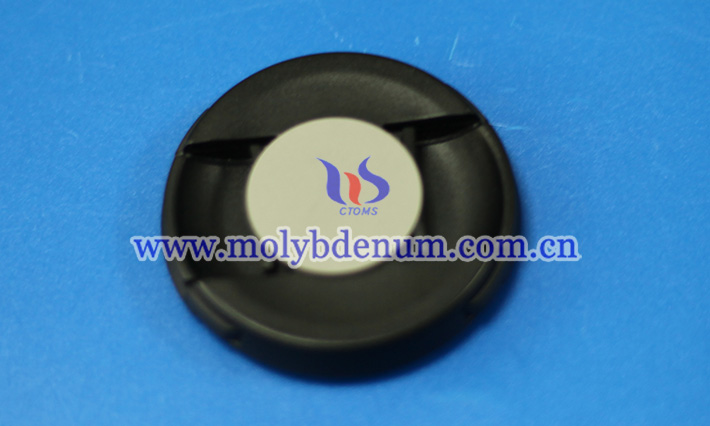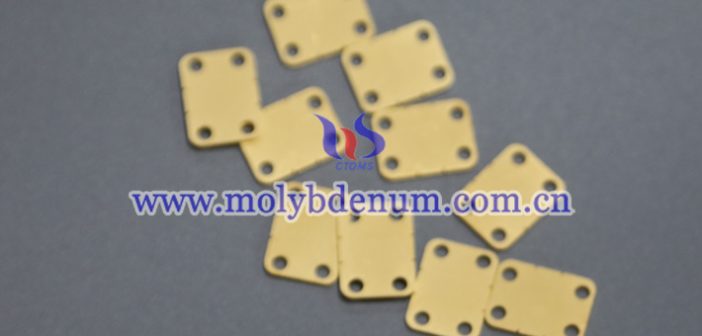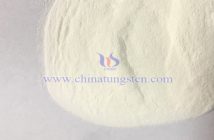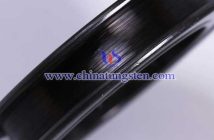Liquid phase sintering (LPS) is a sintering method in which some substances enter the liquid phase during the sintering process and promote the densification of particles. For molybdenum-copper alloys, since the melting point of molybdenum is as high as 2617 °C, while the melting point of copper is only 1083 °C, when the sintering temperature exceeds the melting point of copper but is much lower than the melting point of molybdenum, the copper will partially melt and fill the pores between the molybdenum particles, thereby significantly improving the density and mechanical properties of the material.
Liquid-phase sintering process:
1. Preparation of raw materials
Liquid-phase sintering requires high-purity molybdenum powder and copper powder as raw materials. Molybdenum powder is usually prepared by hydrogen reduction, while copper powder can be obtained by electrolysis or gas atomization. The particle size and morphology of the powder have an important impact on the final alloy properties, and the fine and uniform particles help to increase the sintering density.
2. Powder mixing
In order to ensure the uniform distribution of molybdenum and copper, powder mixing is usually carried out by methods such as ball milling or mechanical mixing. Wet mixing can effectively reduce agglomeration and improve the uniformity of powders.
3. Pressing and molding
The homogeneously mixed powder is formed by cold isostatic pressing (CIP) or mold pressing to achieve the desired shape. The pressing density is usually between 60% and 70% to ensure sufficient densification during the subsequent sintering process.

4. Sintering
Sintering is usually carried out under hydrogen or an inert gas protective atmosphere, such as argon, to prevent oxidation of copper. The key parameters of the sintering process include the sintering temperature, holding time and heating rate:
Sintering temperature: usually controlled between 1100-1300°C. If the temperature is too low, the copper cannot be completely penetrated, which affects the density; If the temperature is too high, the copper may evaporate or be lost, leading to segregation of the components.
Holding time: usually controlled at 1-3 hours to ensure that the copper fully wets the molybdenum particles to achieve the best densification effect.
Heating rate: The temperature should be raised slowly to avoid the non-uniform rearrangement of molybdenum particles caused by premature melting of copper powder.
5. Cooling and post-treatment
After sintering, controlled cooling (e.g., slow cooling or annealing) is often employed to reduce thermal stress and the development of microcracks. Post-processing may include hot isostatic pressing (HIP) to further increase density, as well as machining for final dimensional accuracy.




